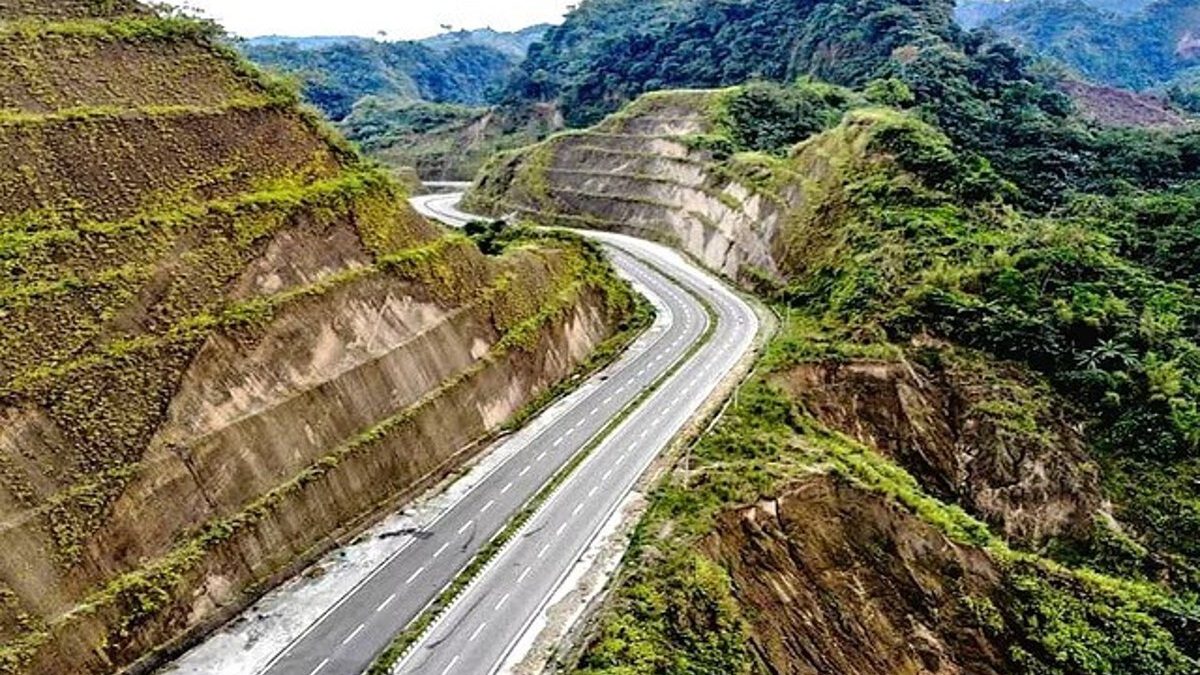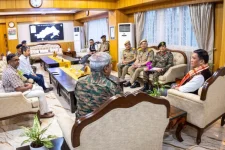)
The inauguration of India's ambitious Arunachal Pradesh Frontier Highway (AFH), officially designated as NH-913, marks a significant strategic maneuver in the ongoing territorial dispute with China over the state of Arunachal Pradesh. The expansive 1,748 km highway, estimated to cost ₹27,000 crores, is designed to bolster India's presence and accessibility along the contested Line of Actual Control (LAC) and McMahon Line.
The AFH, divided into nine packages, connects vital military hubs and airstrips from Bomdila in the northwest to Vijaynagar in the southeast. This enhanced connectivity not only strengthens India's control over the region but also serves as a deterrent against potential Chinese incursions. The strategic importance of this corridor is exemplified by its proximity to Tuting, a town that has witnessed multiple border incursions by the Chinese People's Liberation Army (PLA). The Tuting Advanced Landing Ground, a crucial logistical lifeline for supplies, now enjoys improved connectivity to various military headquarters across Arunachal Pradesh.
China's repeated objections to Indian activities in the state, including infrastructure development and visits by Indian leaders, highlight the geopolitical sensitivity of the region. The release of Chinese standard maps depicting Arunachal Pradesh and Aksai Chin as Chinese territory further underscores the competing claims. China's assertion that these maps are an "exercise of sovereignty" reflects its determination to maintain its stance on the issue.
The inauguration of the Sela Tunnel, the world's longest bi-lane tunnel at high altitude, further amplifies India's strategic infrastructure initiatives. Named after a local girl who sacrificed her life during the 1962 Sino-Indian War, the tunnel significantly reduces travel time between Assam and Tawang, a strategically important location near the Chinese border. This enhanced accessibility facilitates the rapid deployment of troops and resources in response to potential threats.
The AFH and the Sela Tunnel represent India's proactive approach to countering China's salami-slicing tactics, a strategy that involves gradual and incremental territorial encroachments. By bolstering its infrastructure along the disputed border, India aims to solidify its control over Arunachal Pradesh and protect its territorial integrity.
While the Eastern Command of the Indian Army maintains that there have been no Chinese incursions in Arunachal Pradesh since 1959, both countries continue to closely monitor the region. The AFH and the Sela Tunnel, both previously objected to by China, are seen as clear signals of India's resolve to safeguard its interests and counter any potential Chinese aggression.


